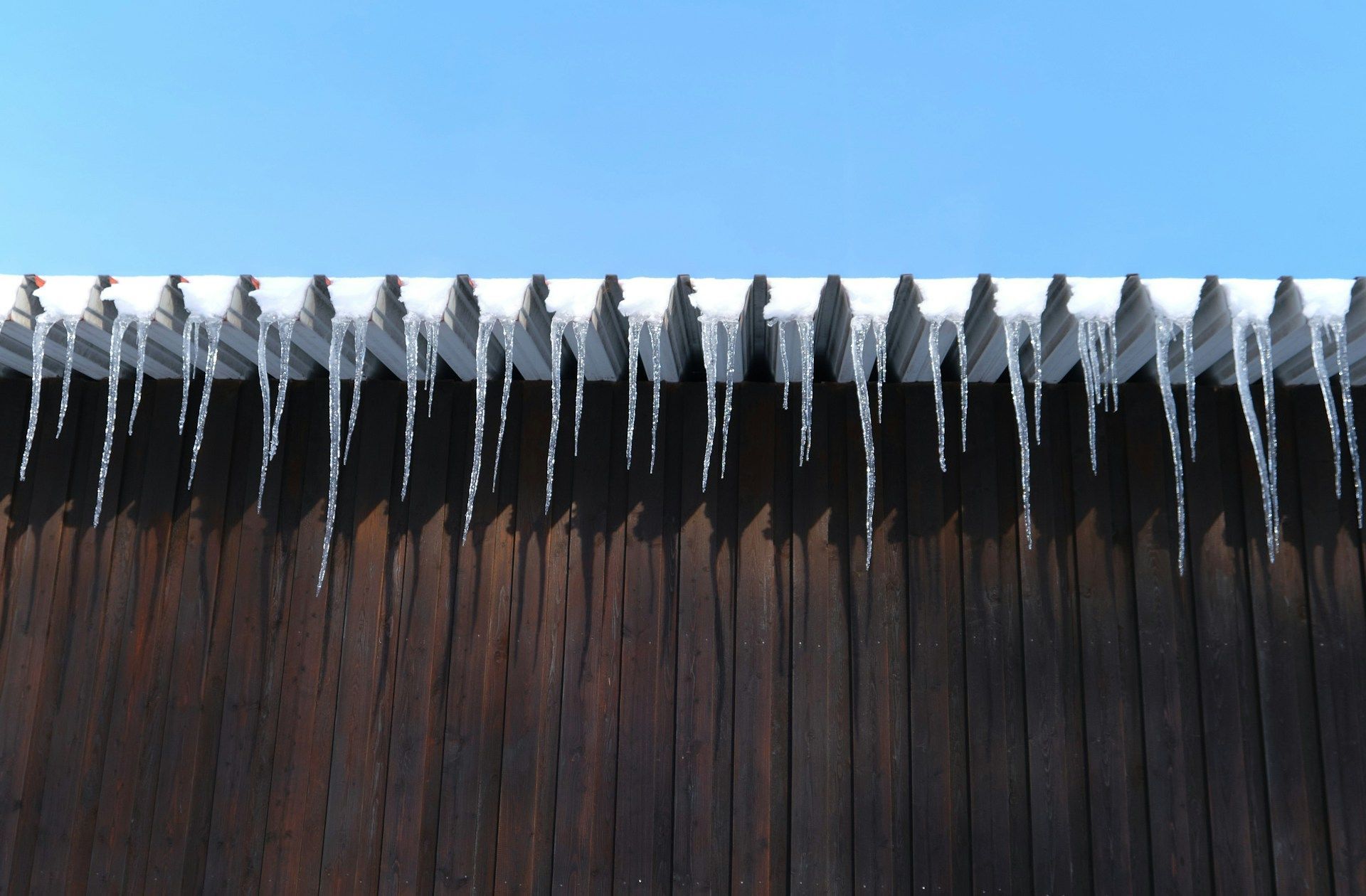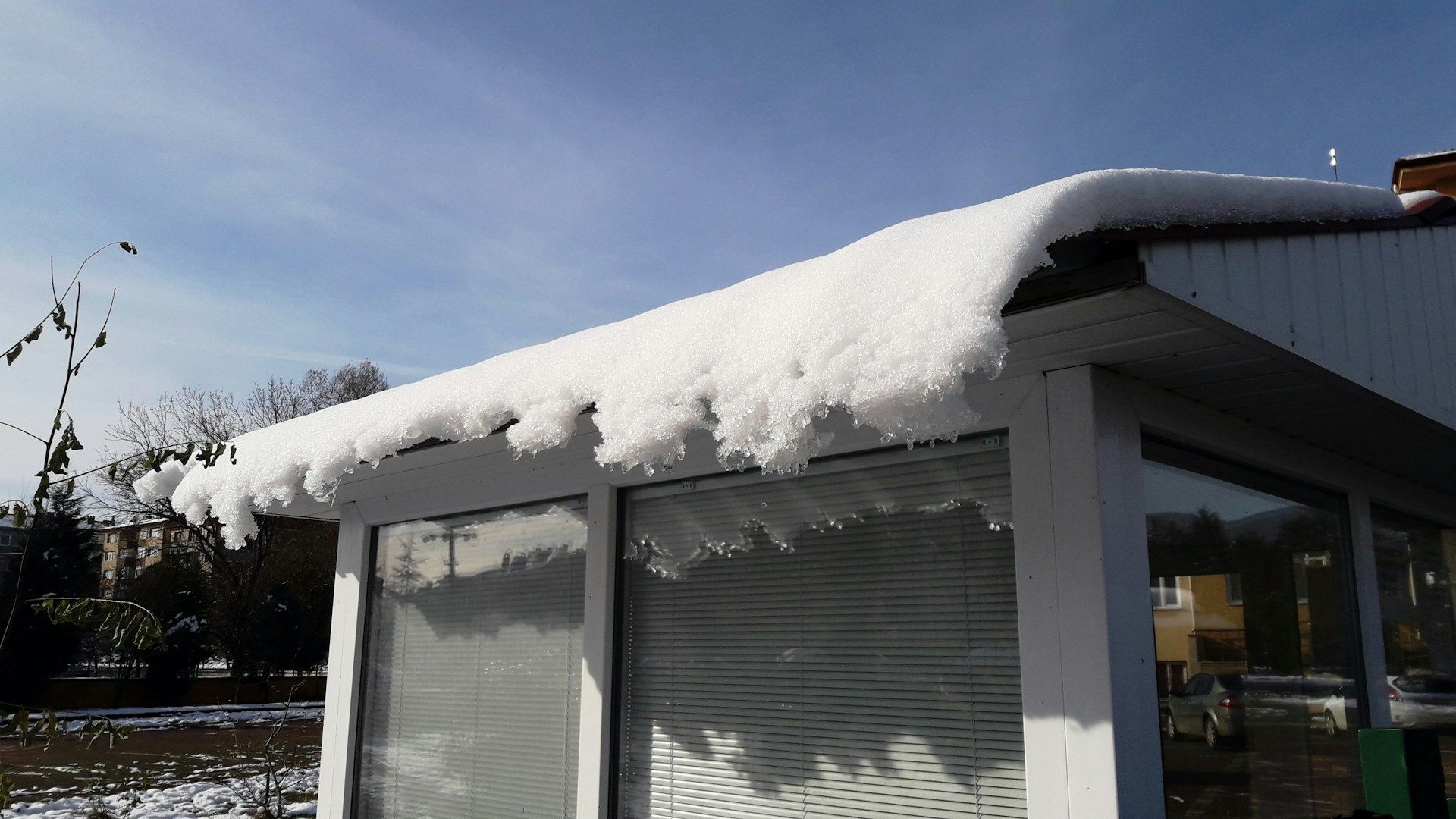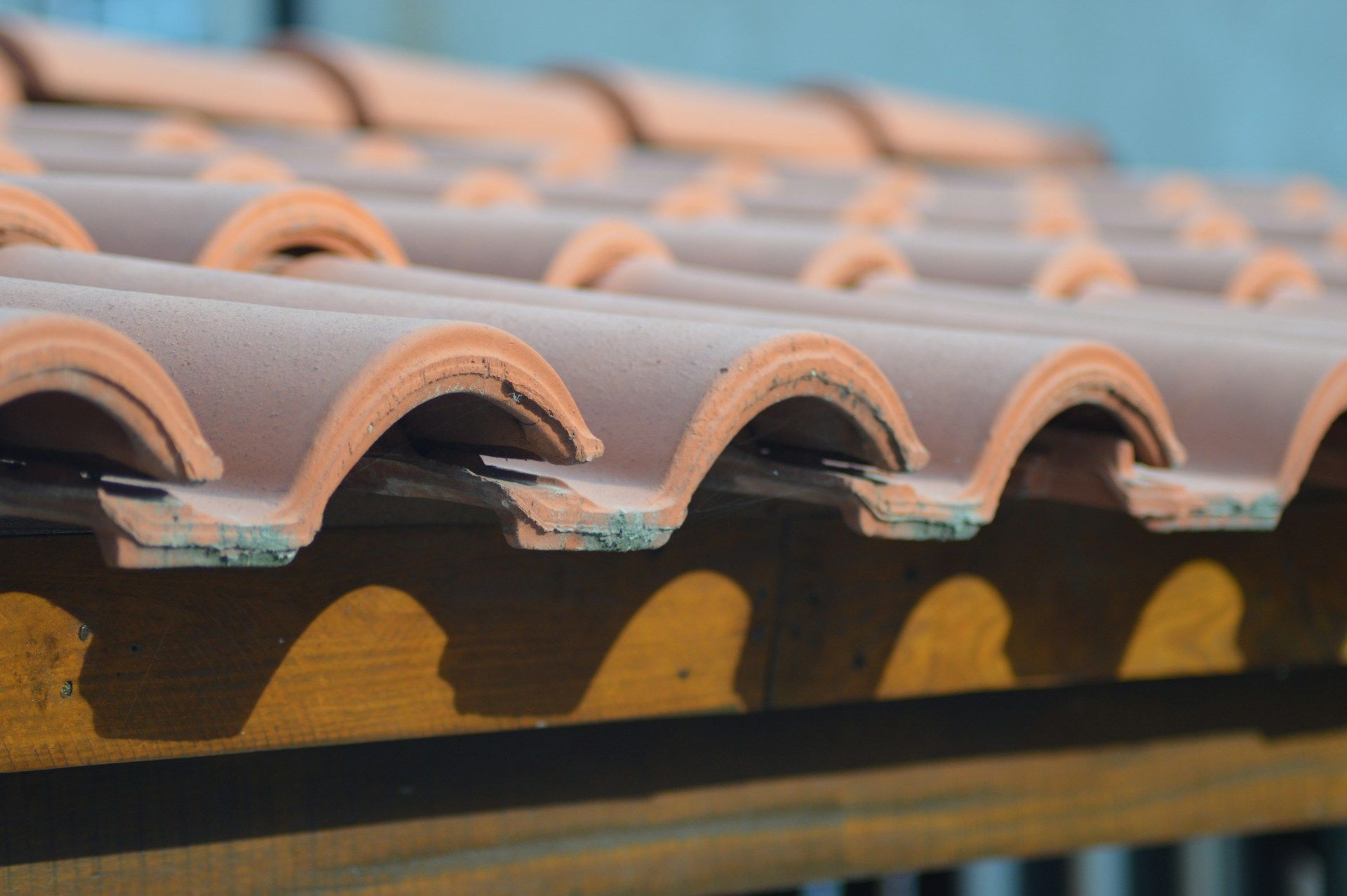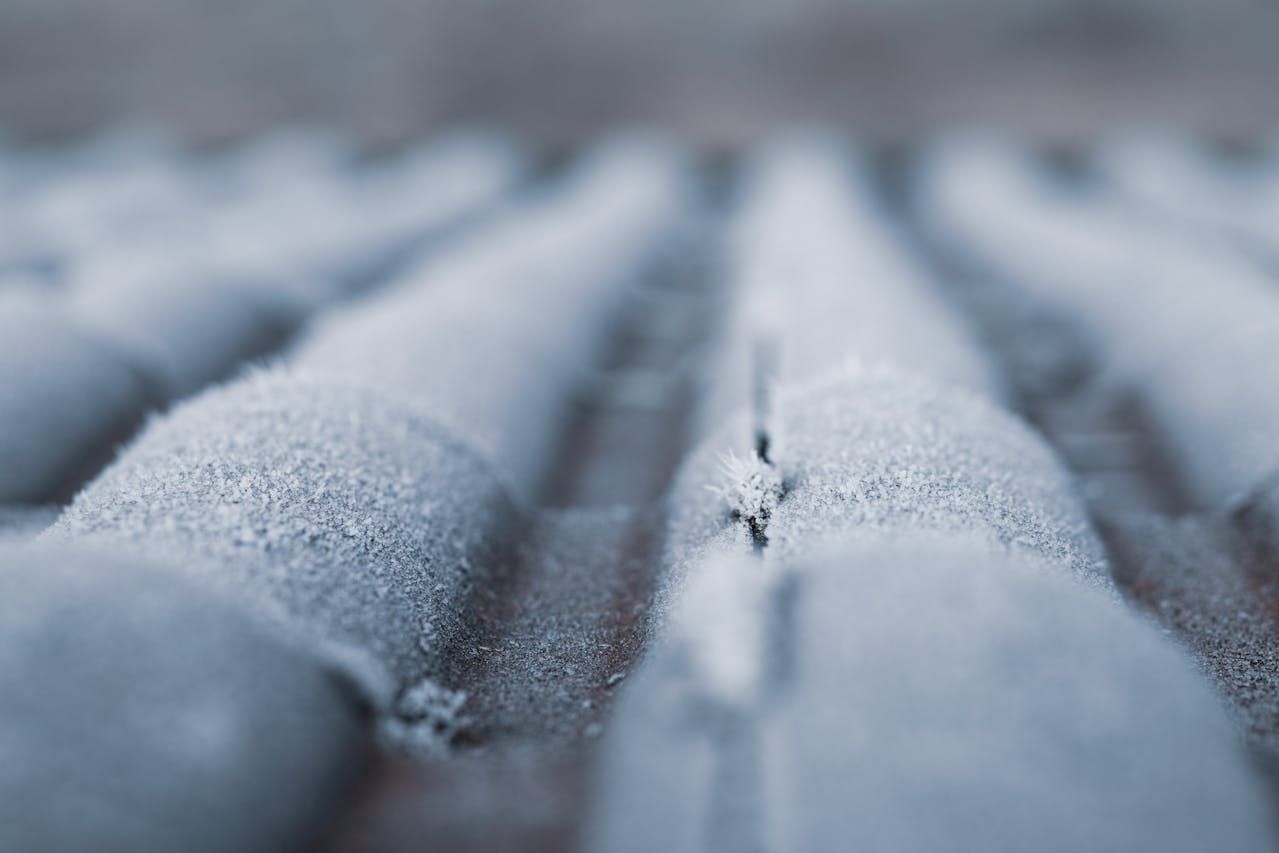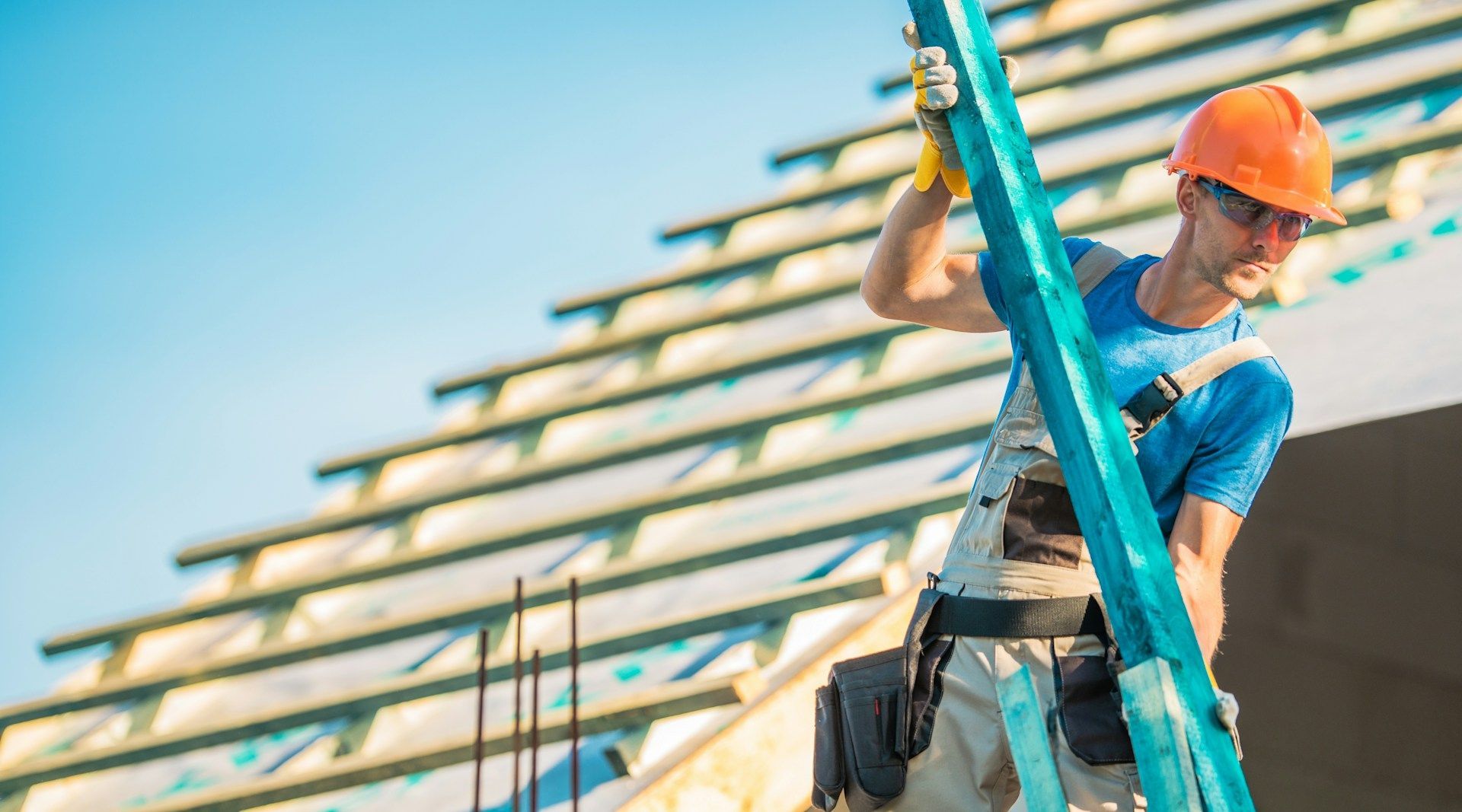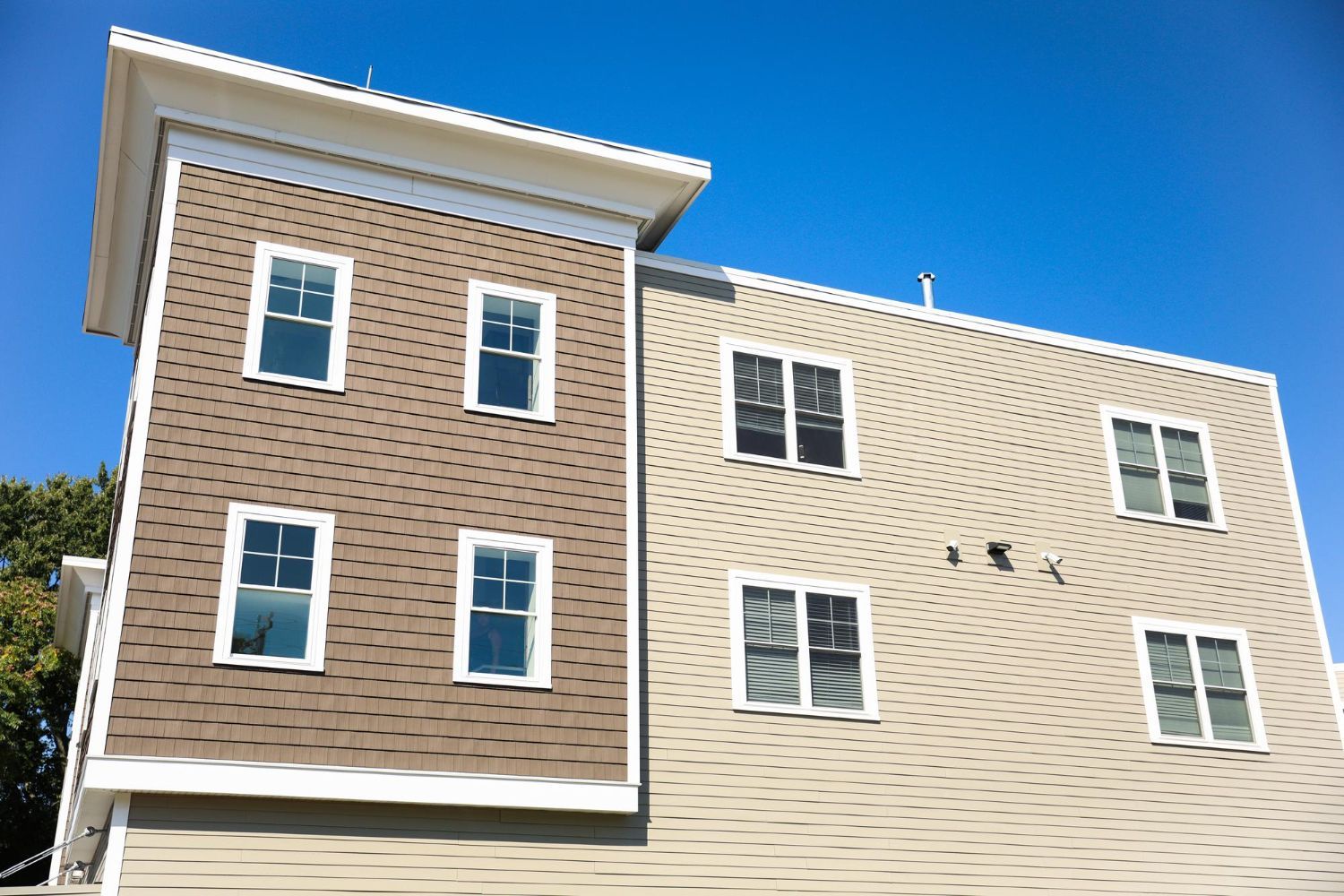Understanding Your Roof Replacement Timeline
Roof replacement is one of those big home projects that takes a little time, a lot of planning, and the right timing. If you're thinking about getting work done, you might be wondering how long it’s going to take and what things could delay the job. Knowing what to expect from the process helps reduce surprises and keeps things on track from beginning to end. That’s especially true when you’re balancing other home repairs or trying to make sure the timing works out with your family’s schedule.
Fall in Chicago is a key time to think seriously about scheduling roofing work. The weather is usually stable enough to allow a smooth process, but winter is coming fast. No one wants their roof half-done when the snow hits. So, if you're planning to replace your roof this season, it’s a smart move to understand each step and how long things usually take before it all gets started.
Factors Influencing Your Roof Replacement Timeline
Every roof replacement job is a little different. Some take a few days, others stretch longer because of things outside your control or even because of your roof’s own quirks. A few main factors can really shape your timeline, so it helps to understand what those are upfront.
Weather is one of the biggest. In Chicago, fall brings good working conditions, but it can flip quickly. If the forecast shows a string of rainy or freezing days, that could pause the job until it’s safe and dry enough to continue. Roofing work doesn't mix well with heavy winds, rain, or early snow.
Your roof’s size and layout matter, too. A small home with a basic roof is faster to work on than a large house with steep angles and multiple peaks. The more complex the job, the more time it needs. Things like removing old layers, fixing damage underneath, or working around chimneys and skylights also add hours.
Materials make a difference. A standard asphalt shingle roof usually goes up quicker than something more specialized like tile or slate, which takes longer and needs extra care. If you’ve ordered a custom product or something unusual, the supplier might need added time to get it delivered to your property, especially in the busy fall months.
Some useful questions to consider before scheduling:
- What kind of roof do I currently have, and how complicated is it?
- Am I going with a common roofing material or something more custom?
- Is fall weather going to hold up during my scheduled install time?
- Will any repairs be needed once the current roof comes off?
Going through these questions early can help set expectations and reduce delays. Planning with the season in mind gives better results, especially with a Chicago winter right around the corner.
Step-By-Step Timeline Breakdown
Once you know what affects the schedule, it's helpful to see how each stage of a roof replacement usually plays out. Here's the breakdown of what to expect during each step:
1. Pre-Installation Inspection and Planning (1–2 weeks):
This is where things get going. A contractor will come out for an inspection, check the roof’s condition, take key measurements, and get any permits needed. During this time, materials get selected, schedules are locked in, and prep work begins.
2. Material Procurement and Delivery (1 week):
Materials are ordered and delivered to your home. If you chose a standard color or type, you’re likely to get them quickly. If your pick is less common, it may take an extra few days.
3. Actual Roof Replacement Process (3–5 days):
Now the real work begins. Old roofing is removed, structural repairs are made if needed, underlayment is installed, and the new roofing goes on. How fast this moves depends on roof complexity, material type, and weather.
4. Post-Installation Inspection and Cleanup (1–2 days):
After installation, there’s usually a cleanup phase and a final walkthrough. The team clears debris, stray nails, and leftover material. This step makes sure everything looks right and was done properly.
This is the general game plan for most roof replacements. While every home is different, this timeline gives you something to build around as you plan your week. Whether you’re juggling remote work, pets, or family movement, knowing what’s happening each day helps.
Common Delays And How To Avoid Them
No matter how well things are planned, some delays may still sneak in and push your timeline out a bit. That said, many of these slowdowns can be reduced or fully avoided with a bit of planning and communication.
Weather is the top factor when it comes to delays in Chicago. Fall usually holds up pretty well for roofing, but shifts in temperature and sudden rain can happen without much warning. Cold snaps or too many wet days can slow things down. It's a good idea to schedule early in the fall and keep an eye on the forecast close to your install date.
Another surprise that can cause delays is damage you can’t see until the old roof comes off. Hidden mold, rot, broken boards, or warped decking around chimneys or skylights can mean extra repair time. Good crews won’t install a new roof over bad wood, and while it might add a day, it ensures a longer-lasting result.
Here are a few tips to dodge common setbacks:
- Talk with your contractor early and often about schedule expectations and any set deadlines.
- Ask what the plan is if the weather turns during the work period.
- Get any permits or paperwork started right away.
- Pick materials that are in stock to shorten wait times.
- Stay flexible with dates in case things shift slightly during the process.
Knowing where delays come from helps you plan around them and keeps you from getting caught off guard.
Maximizing Efficiency In Your New Roof Installation
Once work is scheduled, there are several simple things you can do to help everything run smoother and finish quicker.
Outside the house, clear away anything that might get in the crew’s way. Move lawn decor, grills, toys, and furniture away from the work area. Trim back trees and shrubbery that touch or hang over the roof. Make sure paths around the house are easy for crews to move through.
Inside, secure breakables and items on shelves or walls, especially on the top floor. Roof work often creates vibrations that rattle interiors, so it’s better to be safe than sorry. If you work from home, prepare for a few loud days. Pets may also need to be kept in a quiet room or boarded temporarily.
To make things easier for the workers and keep everything moving, do the following:
- Park cars on the street to leave the driveway open for dumpsters or material stacks.
- Place drop cloths or sheets in your attic to protect from dust.
- Let neighbors know about the project to avoid complaints or confusion.
- Unlock gates and access points so crews don’t lose time trying to reach you.
A project that starts on the right foot is usually the one that ends on time.
Preparing for Your Upcoming Roof Replacement
Having a clear idea of how the roof replacement process works can help you stay in control as the job unfolds. With factors like weather, materials, and hidden damage all playing a role, it helps to stay flexible while setting smart expectations upfront.
A little planning goes a long way. Whether it’s picking the right time for your Chicago new roof installation, choosing materials that can be delivered quickly, or making space around the house for crews to work, small actions now save time later.
Figuring out each step in advance puts you in a better position to keep things on schedule and avoid surprises. And when the cold rolls into Chicago, you’ll be glad you put in that early effort. A dry, dependable roof over your head is worth every bit of planning.
If you're ready to get your home prepared for the season and want a smooth, worry-free experience, count on Region Roofing & Remodeling to handle the job with care and precision. Discover how a professionally managed
new roof installation can boost your home's protection and curb appeal before winter hits.

